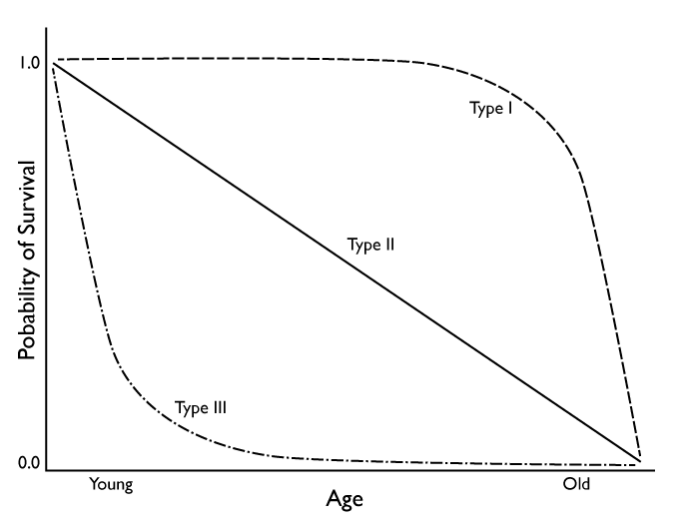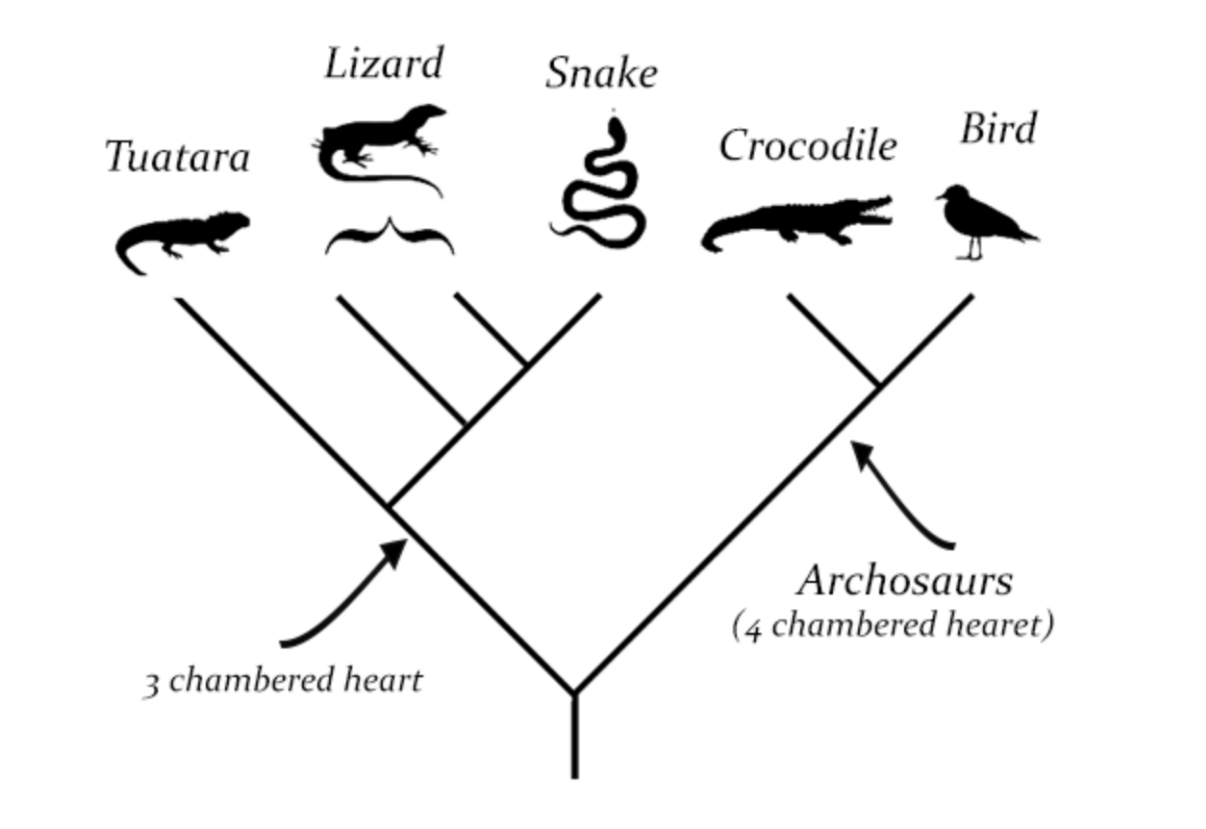The level of classification, in order.
The number of ATP created during cellular respiration.
What is 36?
Xylem transports _______ in the _______ direction.
What transports water up the stems of vascular plants?
Organisms that eat producers.
What are primary consumers or herbivores?
The thumb is _______ to the pointer finger.
The three types of evolution
What are convergent, divergent, and parallel?
Where light reaction of photosynthesis occurs.
What occurs across the thylakoid membrane?
The three non-vascular plants.
What are liverworts, hornworts, and mosses? (NOT club mosses though...)
The ecosystem that has more biomass in producers than tertiary consumers.
What is a terrestrial ecosystem?
The three layers of the skin, from innermost to outermost.
What are hypodermis, dermis, and epidermis?
A non-poisonous species mimics a poisonous one.
What is Batesian mimicry?
The MAIN purpose (i.e.- product) of photosynthesis.
What is making glucose?
The MAIN difference between fungi and algae.
How do fungi (heterotroph) and algae (autotroph) acquire food?
The MAIN difference between bioaccumulation and biomagnification.
What is the accumulation of toxins in a particular organism (within one trophic level) and what is the buildup of toxins across multiple trophic levels?
The type of epithelial tissue found in the bladder.
What are transitional epithelium?
The three or four criteria of natural selection.
What needs to have variation (heritable), competition, and reproduction?
The three types of molecules made throughout glycolysis.
What are ATP, NADH, and pyruvate?
Lichen that looks like leaf and adheres loosely to things.
What is a foliose?
 Give an example to each of the survivorship types.
Give an example to each of the survivorship types.
Type I: humans
Type II: birds, squirrels, etc.
Type III: trees/plants, sea turtles, octopi
The type of autonomic nervous system that is known for muscle relaxation, homeostatic control, increased urinary output, increased secretion of digestive enzymes, etc.
What is the parasympathetic nervous system?

The species most closely related to the snake.
What is the lizard?
The way in which ATP synthase is "fueled".
What is the purpose of the H+ gradient?
Three distinguishing features of a dicot.
What has vascular bundles arranged in a ring, branching veins, taproot, petals in multiples of 4 or 5, and 2 cotyledons?
3 mg of toxins
The six parts of the brain.
What are frontal lobe, parietal lobe, occipital lobe, temporal lobe, cerebellum, and brainstem?